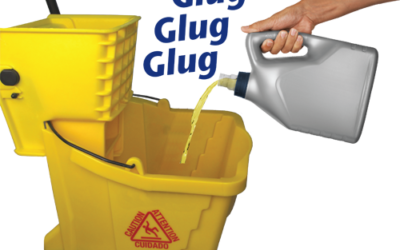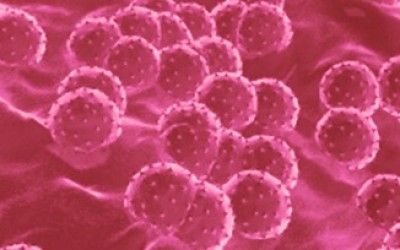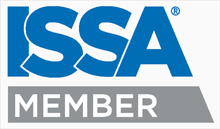Develop an Infection Control Program
|0 Comment
With the start of cold and flu season quickly approaching, infection control should be a top priority in many facilities, particularly health care facilities. Recently the Ebola virus has been the focus of many concerns, but C. Diff., MRSA, swine flu, bird flu, and the traditional Inf










